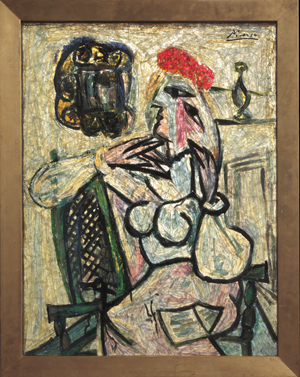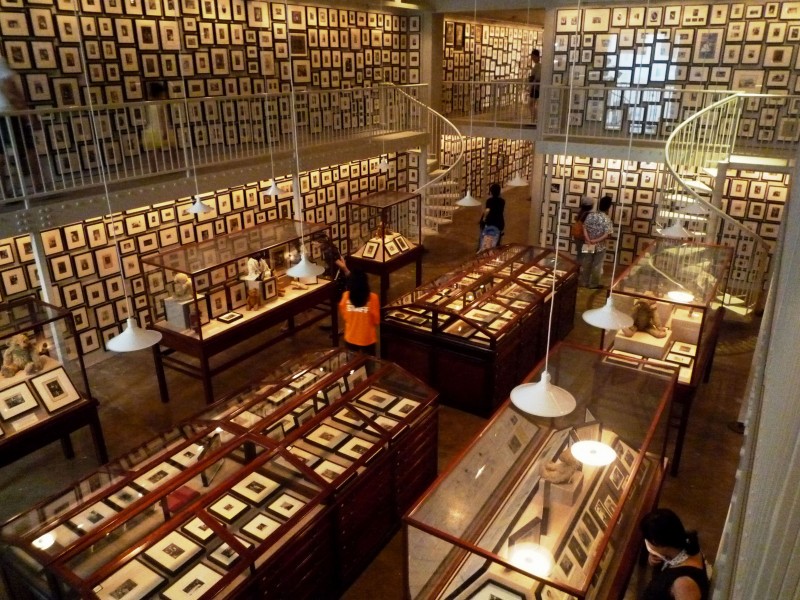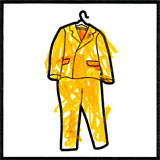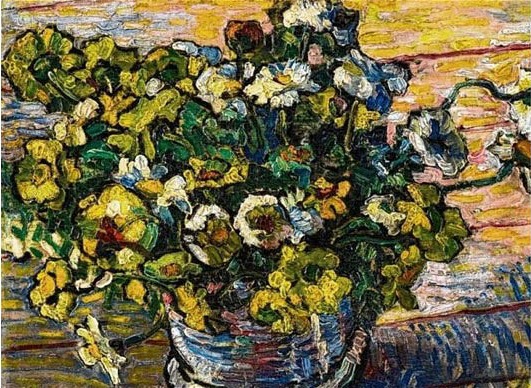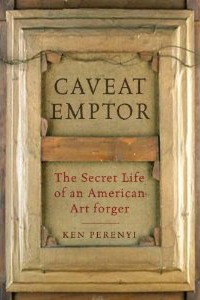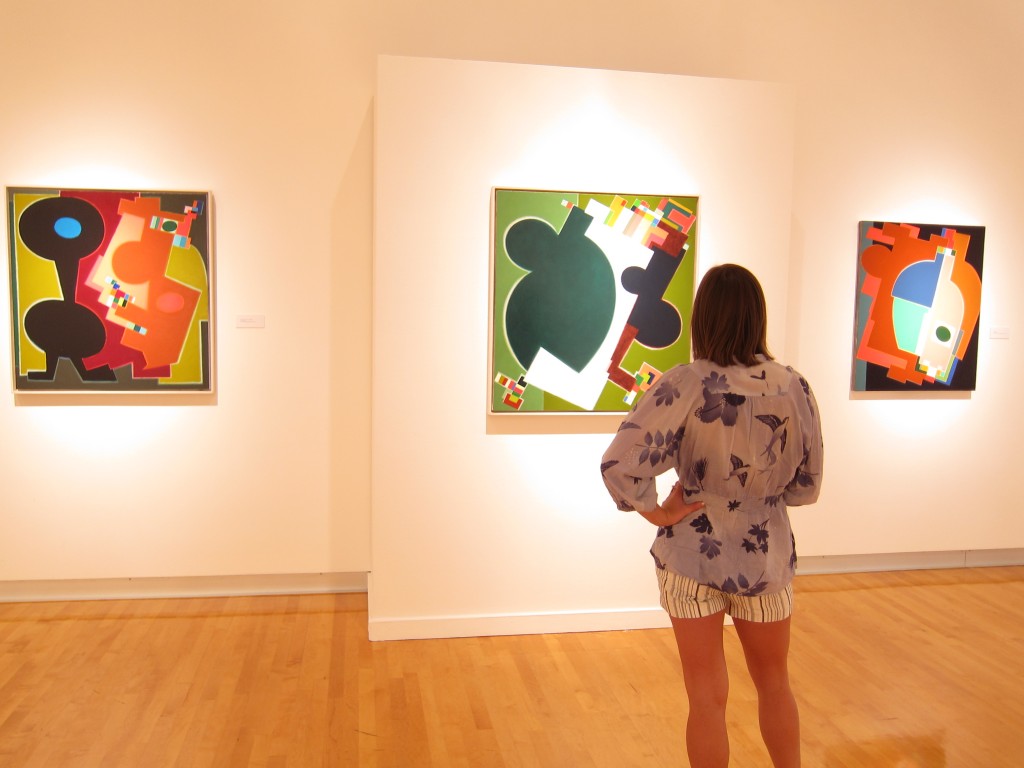 Over on her Brainstorm blog, artist Laurie Fendrich has an interesting post about painting, specifically about developing a mature or signature style, which raises a question about today’s art I will get to shortly. Let’s start with this quote from her:
Over on her Brainstorm blog, artist Laurie Fendrich has an interesting post about painting, specifically about developing a mature or signature style, which raises a question about today’s art I will get to shortly. Let’s start with this quote from her:
Although my compositions and colors change from one picture to the next, they don’t change so dramatically that they no longer resemble one another. You could say that my paintings resemble one another [link mine] in the way that children in a given family, even when they have different heights, hair color and eye color, all manage to look as if they are related [see above].
Although Fendrich doesn’t say so outright, she implies that sooner or later, as artists evolve, they each develop their own style — which ought to be unique.
Although there’s seldom an actual “eureka†moment for artists—a moment where they shout that they’ve finally discovered their mature style—when people look back at any given artist’s complete oeuvre, it’s fairly easy to spot such a moment.
And later she adds that after 40 years of painting:
My artistic habits—the way I put on paint, construct compositions, and come up with colors—are deeply entrenched at this point, and are as big a part of my style as my temperament. To alter them is not impossible, but there’d have to be a reason beyond anything I can imagine.
There’s more along that vein, which I won’t post here, because I was she also said “More than one student has asked me why I don’t ever change my painting style.” Fascinating that it comes from her students (she teaches painting).
Some artists do try many things before settling on their big idea, but it seems to me that many artists over the past few decades have not settled at all. Rather, they go through ideas, perhaps one at a time, then move on. Their body of work ends up to be a series of unrelated bodies. Think Damian Hirst. Think Tom Sachs. Think Tracey Emin. Think of the many artists today who work in many mediums — no longer painters or sculptors or jewelry-makers or glass artists, but all of the above.
Now try to think of an equivalent of Rothko or Still or Pollock… contemporary photographers come to mind, yes, but not too many other artists are almost always recognizable.
What this means for the future of art, I’m not sure. But it does seem that the more things artists try, the less chances they have of truly developing that mature, signature style that will send them into art history. Just a thought that I think I think.
Photo Credit: Courtesy of Williamson Gallery Â

